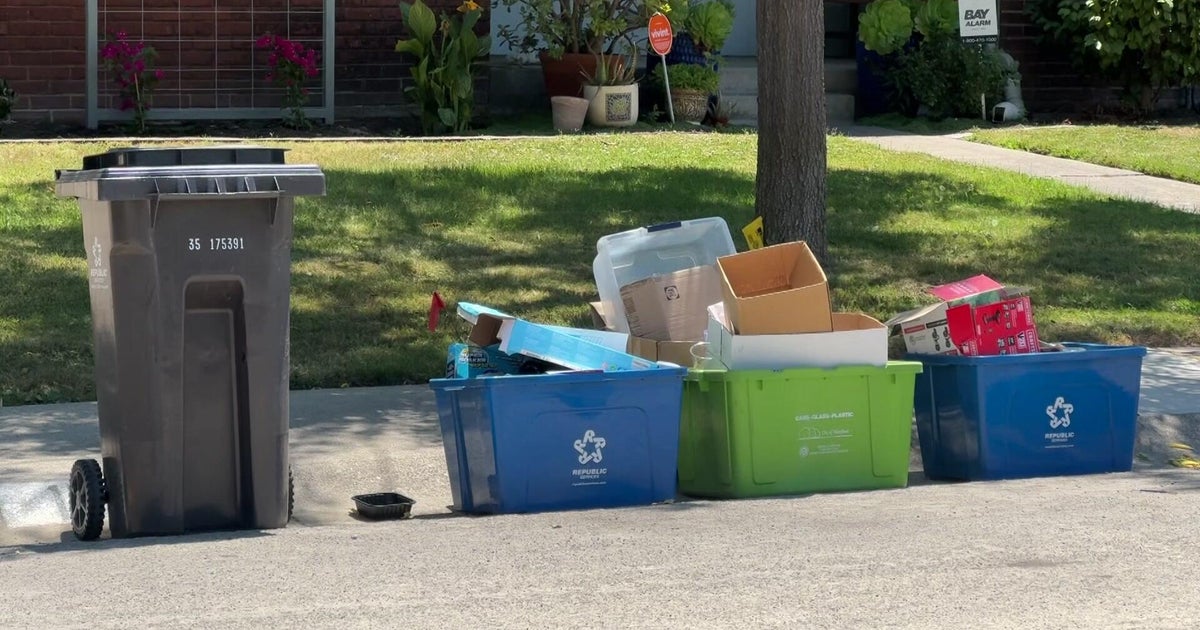California Pension Fund Says Reforms Would Cost More
SACRAMENTO (CBS / AP) -- The pension fund representing California teachers on Wednesday criticized a watchdog panel's proposals to overhaul state employee retirement plans and said the changes would drive costs higher and were legally risky.
Even if they withstood a legal challenge, the recommendations approved last month by the state's Little Hoover Commission "would likely weaken, rather than strengthen, retirement security for California's public educators," Jack Ehnes, chief executive of the California State Teachers' Retirement System, said in a letter sent to commission Chairman Daniel Hancock. "Given the importance of this issue to literally millions of Californians, it is time to move past the political rhetoric and focus on solutions that are truly responsive to the problems."
The rhetoric is unlikely to abate soon. Public pensions have become a flashpoint in debates nationwide over the role of government employee unions and have seeped into the negotiations over how to close California's $26.6 billion budget deficit. Republican lawmakers have introduced a series of reform bills.
The state's various pension funds support retirement benefits for more than 2 million California public employees, retirees and their families.
Many plans added benefits during good economic times, but the value of fund assets plunged during the recession, leaving retirement plans facing shortfalls just as baby boomers begin leaving the work force in droves. The Little Hoover report estimated the shortfall at $240 billion for the 10 largest public employee plans in California and said some cities would soon face costs of one-third to half of their general fund budgets to support retiree benefits.
But the commission's recommendations to address the problems have problems of their own, Ehnes wrote. For one thing, he said, the legal obstacles to freezing benefits for current employees are nearly insurmountable and "would require a complete reversal of decades of judicial rulings."
The commission also recommended coordinating pension benefits with Social Security, but Ehnes said such an approach could cost more than the current system. If teachers' benefits were reduced to offset the benefit members would receive from Social Security, "the total cost of this coordinated benefit structure would be $1.8 billion more each year to the member and employer" because the same contribution has a higher return when invested in the pension fund than in the federal program, he said.
But that would depend on how those payments are structured and how much the employees and employers are asked to pay, said Stuart Drown, executive director of the Little Hoover Commission. "It would certainly involve changing the contribution levels that are set in statute."
Drown acknowledged that there is a long history of legal precedent limiting changes in pension benefits for current employees but said it still should be explored.
"Every change in pension plans is likely to lead to a lawsuit," he said.
The fact remains, he said, that "contributions into the CalSTRS fund are not adequate to sustain the plan in the long term."
The teacher retirement system says it is the second largest public pension fund in the nation, behind the California Public Employees Retirement System, and has a portfolio valued at $147.6 billion. It administers retirement, disability and survivor benefits for California's 852,000 public school educators and their families.
It estimates the fund will be depleted in the early 2040s unless the state adopts "a responsible funding strategy," with the state on the hook for some $9 billion a year in 2011 dollars.
(Copyright 2011 by CBS San Francisco. All Rights Reserved. This material may not be published, broadcast, rewritten, or redistributed. Wire services may have contributed to this report.)



